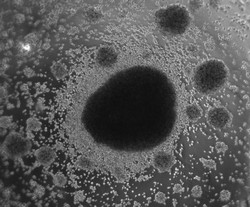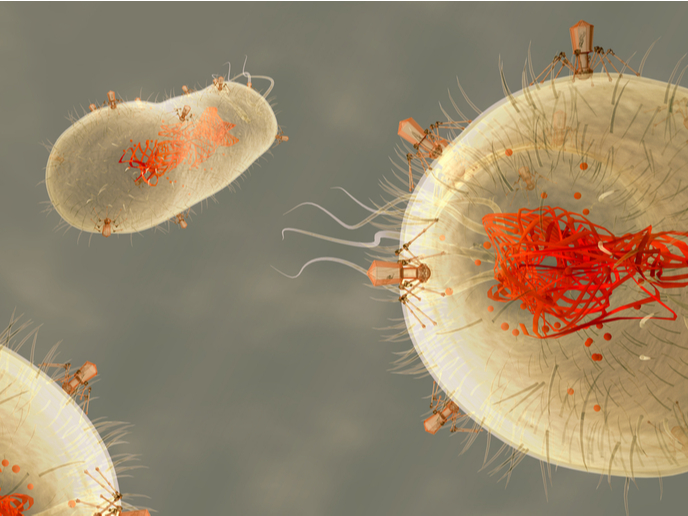Regulatory T cells: a double-edged sword
Tregs constitute a cell population that suppresses other immune cells and mediates peripheral tolerance. Although these cells prevent autoimmune diseases and excessive inflammatory reactions, they can hamper cancer immunity. From a clinical perspective, they are currently being considered for adoptive transfer to overcome graft-versus-host disease, transplant rejection and autoimmune disease. The number of naturally occurring Tregs is very small, encouraging the complementary approach of inducing Tregs from naive T cell precursors. For this reason, it is necessary to understand the molecular mechanisms that govern the generation of induced Tregs. Towards this goal, scientists on the EU-funded ITREGDIFFERENTIATION (Kinetic analysis of molecular profiles during human induced regulatory T cell (iTreg) differentiation: An integrative study) project set out to establish protocols for generating human Treg cells. In this context, they used a novel combination of cytokines and other compounds to produce cells with high levels of the FOXP3 transcription factor and other Treg signature molecules. Despite the suppressive properties in vitro, the Tregs generated by this protocol did not have an in vivo suppressive function, indicating the need for further research to obtain stable cells. To this end, scientists performed molecular profiling during Treg induction by RNA sequencing and high-resolution mass spectrometry proteomics. Thousands of transcripts and proteins were differentially expressed at different stages of the induction process and this differential gene expression was modelled over time. In turn, this led to the identification of 350 genes that acted as potential generic regulators of Treg differentiation. The impact of approximately 40 of these molecules on Treg induction was validated by loss of function studies. Future studies into the expression of these molecules in patients with autoimmune diseases or cancer will aid in further delineating their role. Overall, the ITREGDIFFERENTIATION study provided a time-resolved molecular profiling during human Treg differentiation. This could have important implications for the treatment of various diseases including cancer as the newly discovered regulators of Treg differentiation could serve as drug targets.







